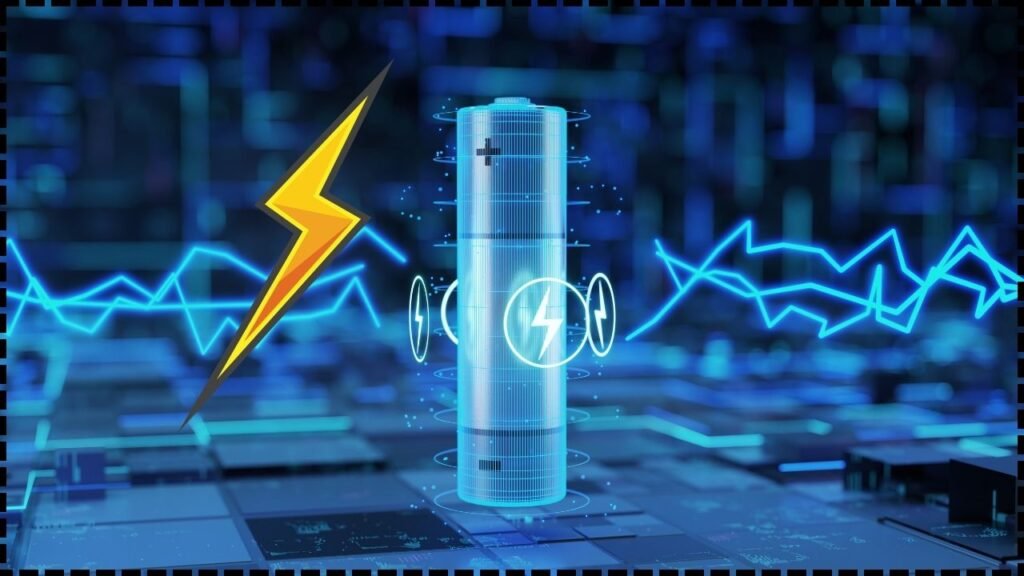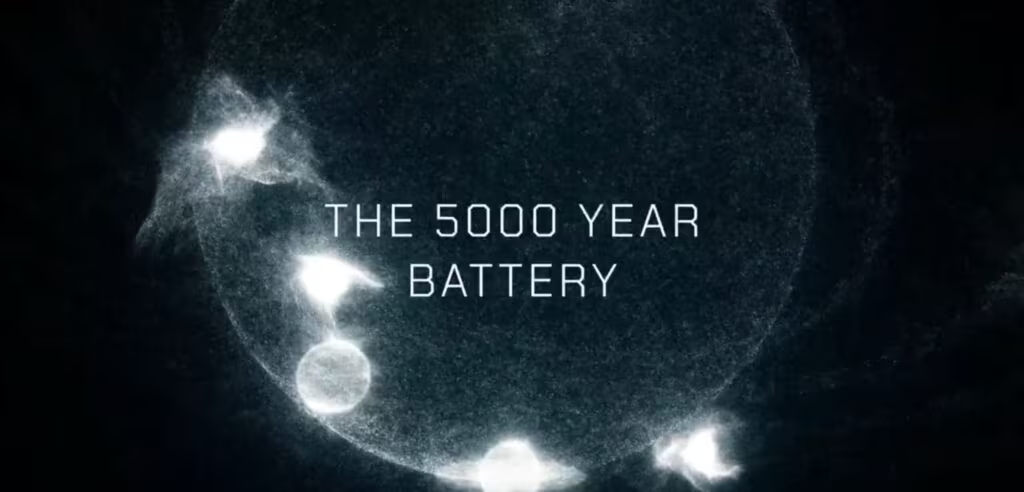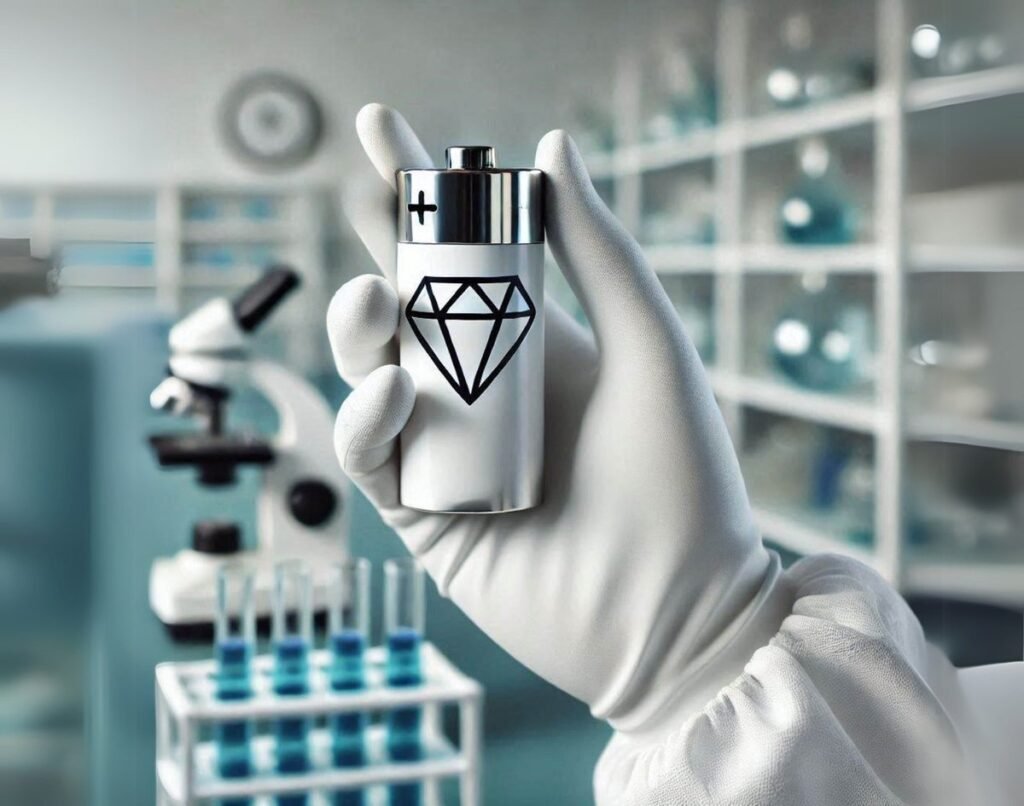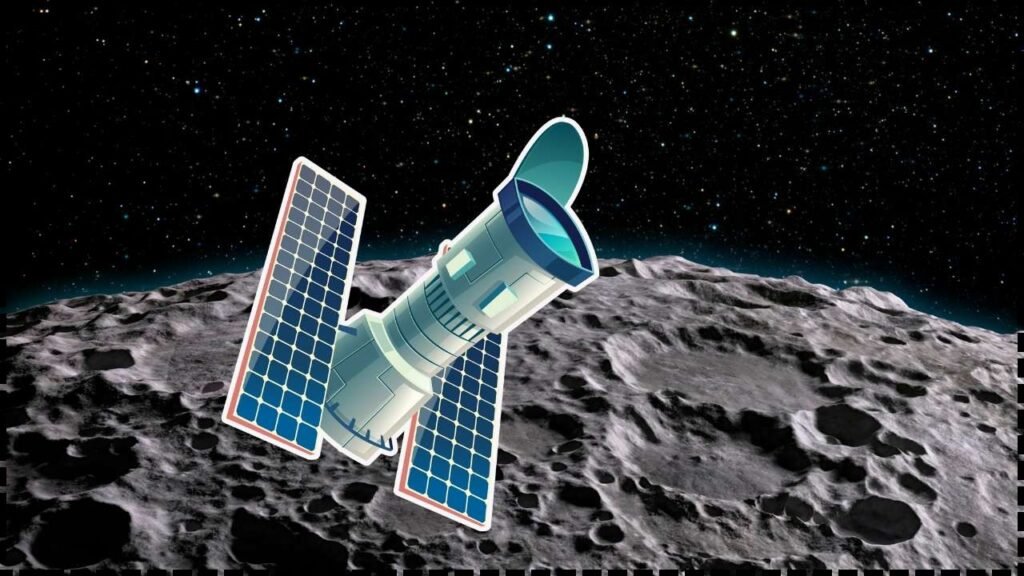
Diamond Battery Breakthrough: Imagine a battery that could power your devices for thousands of years without ever needing a recharge. Sounds like science fiction, right? Well, this is no fantasy anymore! Scientists in the UK have developed a diamond battery using carbon-14 isotopes that can provide continuous energy for an astonishing 5,700 years. This could change the way we think about power sources forever—impacting everything from medical implants to space travel. Whether you’re a tech enthusiast, a professional in engineering or healthcare, or just curious how this could soon touch everyone’s daily life, this breakthrough is a game-changer. Let’s walk through what makes this diamond battery so revolutionary, why it lasts so long, the ways it can be used, and what it means for the future of energy.
Diamond Battery Breakthrough
The diamond battery breakthrough is a bold leap into the future of energy technology. By harnessing the long-lasting radioactive decay of carbon-14 safely encapsulated in diamonds, scientists have created a battery that could power devices for thousands of years without ever needing a recharge or replacement. This innovation promises safer medical devices, long-haul space exploration power, and sustainable energy solutions that recycle nuclear waste. Whether it’s keeping your pacemaker running smoothly for life or helping a spacecraft journey beyond the stars, the diamond battery is set to disrupt everything we know about batteries. Stay tuned—this one’s got the potential to change everything for good.
| Feature | Details |
|---|---|
| Battery Type | Diamond battery powered by radioactive carbon-14 isotope |
| Energy Lifetime | ~5,700 years (half-life of carbon-14) |
| Power Output | Low power (microwatt range) suitable for long-life, low-energy devices |
| Notable Applications | Medical implants (pacemakers, ocular devices), space devices, RF tags, sensors in harsh areas |
| Environmental Impact | Uses nuclear waste graphite-derived carbon-14, no carbon emissions, safe and sustainable |
| Safety Features | Radiation contained safely within the diamond, preventing harm |
| Development Organizations | University of Bristol (UK) and UK Atomic Energy Authority (UKAEA) |
| Official Reference | University of Bristol – Diamond Battery |
What is a Diamond Battery Breakthrough?
A diamond battery sounds flashy, and it kind of is—but it’s grounded in some serious science. Unlike your everyday lithium-ion battery, this one uses the radioactive decay of carbon-14, a naturally occurring radioactive isotope. Carbon-14 has a half-life of about 5,700 years, meaning it takes that long for half of the carbon-14 atoms in a sample to decay, producing a steady supply of energy over millennia.
Here’s the kicker: the radioactive carbon-14 is safely encased inside a synthetic diamond. Good old diamond, the hardest natural substance on Earth, acts as a perfect shield. It traps all the radiation inside, making the battery safe to handle and use. Rather than harmful rays flying around, the diamond captures fast-moving electrons from the decay process, converting them into electricity—sort of like how solar panels convert sunlight, but powered by nuclear energy instead.
How Does It Work? Breaking It Down
- Carbon-14 Radioactive Decay: Carbon-14 naturally emits beta particles (fast electrons) when it decays.
- Diamond Encapsulation: The isotope is embedded in a lab-grown diamond, which prevents any radiation from escaping.
- Electron Harvesting: The diamond acts like a semiconductor, capturing these beta particles and turning them into electrical energy.
- Micropower Output: This energy is very low-level—measured in microwatts—but it’s consistent and incredibly durable.
Unlike conventional batteries that drain quickly, this type of battery sustains itself over thousands of years, providing clean energy without recharging or replacement.
Why is This a Big Deal?
Here’s why this matters both for everyday folks and professionals alike:
- Longevity: Traditional batteries wear out in years, sometimes months. These batteries could last for thousands of years.
- Sustainability: They use carbon-14 extracted from nuclear reactor graphite blocks—a type of nuclear waste—thus reducing nuclear waste and repurposing it beneficially.
- Safety: No toxic or heavy metals leaking out, and the radiation is fully contained.
- No Maintenance: No moving parts, no need for charging, maintenance, or replacement.
- Compact Size: Can be made small enough to power tiny devices like medical implants or RFID tags.
- Versatility: Ideal for use in harsh environments—deep sea, outer space, or inside the human body.
Consider this: your pacemaker could soon run your whole life without battery replacement surgeries, or space missions could send devices to distant planets without worrying about power loss.
Practical Examples & Applications
Medical Devices
Pacemakers and hearing aids need power to work, but constant battery replacements can be painful and risky. A diamond battery can power these devices for decades, maybe even lifetime, reducing surgeries and improving patient quality of life.
Space and Exploration
Spacecraft can use these batteries for long missions far beyond the solar system without fear of power loss. With Alpha Centauri just 4.4 light-years away, a diamond battery could theoretically keep a craft powered for the entire journey.
IoT and Tracking
RFID tags and sensors used in tracking devices or inventory management could run for decades, especially in places difficult to access like pipelines, or underwater sensors for environmental monitoring.
Industrial Uses
In extreme industries like oil and gas, where equipment is often submerged or in hazardous zones, durable, maintenance-free power sources could avoid costly replacements or failures.

The Science Behind the Scenes
The battery development involved cutting-edge technology like plasma deposition rigs used for growing the synthetic diamond around the radioactive isotopes. This process was pioneered by researchers at the University of Bristol and the UK Atomic Energy Authority, drawing from fusion energy research expertise.
Dr. Neil Fox, a materials science expert at Bristol, highlighted that “Diamond is the hardest substance known to man,” making it an excellent radiation shield. Unlike other radioactive batteries, this one poses minimal health risks.
The carbon-14 comes from Graphite used inside nuclear reactors, which gathers carbon-14 over time. Essentially, this means making something valuable out of nuclear waste—a win-win for energy and environment [Bristol][LiveScience].
Carbon-14 Diamond Battery vs. Traditional Batteries
| Feature | Diamond Battery | Alkaline (AA) Battery |
|---|---|---|
| Energy Output | ~Microwatts (continuous for millennia) | ~700 joules per gram (short-term power) |
| Lifespan | ~5,700 years | Typically hours to days |
| Safety | Radiation fully contained inside diamond | No radiation, but chemicals can leak |
| Environmental Impact | Repurposes nuclear waste, no emissions | Produces chemical waste |
| Maintenance | No recharge or replacement needed | Requires replacement or recharge |
Challenges and Future Prospects
While the diamond battery is incredibly promising, several challenges remain:
- Scaling Up Production: Growing synthetic diamonds with embedded carbon-14 at scale is technically complex and costly.
- Power Output Limitations: Currently, the power output is very low (microwatts), limiting the battery to low-energy devices. Researchers are exploring designs to increase output to power larger devices.
- Regulatory Approvals: Since this involves radioactive materials, extensive testing and approval processes by regulatory bodies are essential before wide public use.
- Public Perception: Educating the public about the safety of diamond batteries will be crucial to acceptance, given the general apprehension about nuclear materials.
On the flip side, continuous research is opening new horizons for this tech:
- Expansion into wearable technology.
- Use in remote sensors for environmental and agricultural monitoring.
- Intersection with renewable energy systems as long-lasting auxiliary power sources.

Practical Advice for Professionals and Innovators On Diamond Battery Breakthrough
For engineers, developers, and innovators looking to tap into this technology, here’s how to prepare:
- Stay current with developments on diamond battery manufacturing techniques.
- Identify low-power applications in your field that could benefit from ultra-long-lasting power.
- Consider partnerships with research institutions working on nuclear waste recycling.
- Explore regulatory landscapes early to align innovations with safety standards.
For investors, this technology offers a green energy investment opportunity that supports sustainability while potentially disrupting several industries.
It’s Not Gold or Platinum: The World’s Priciest Mineral Is Something You’ve Never Heard Of

















